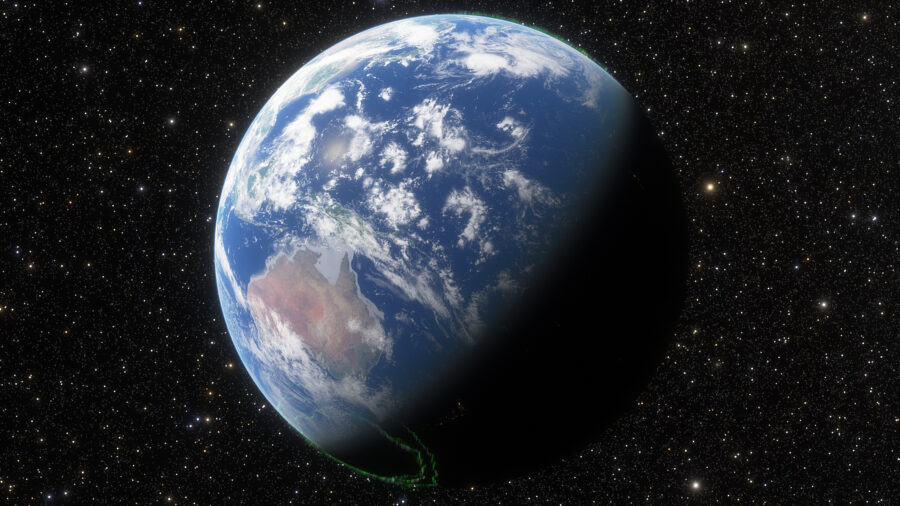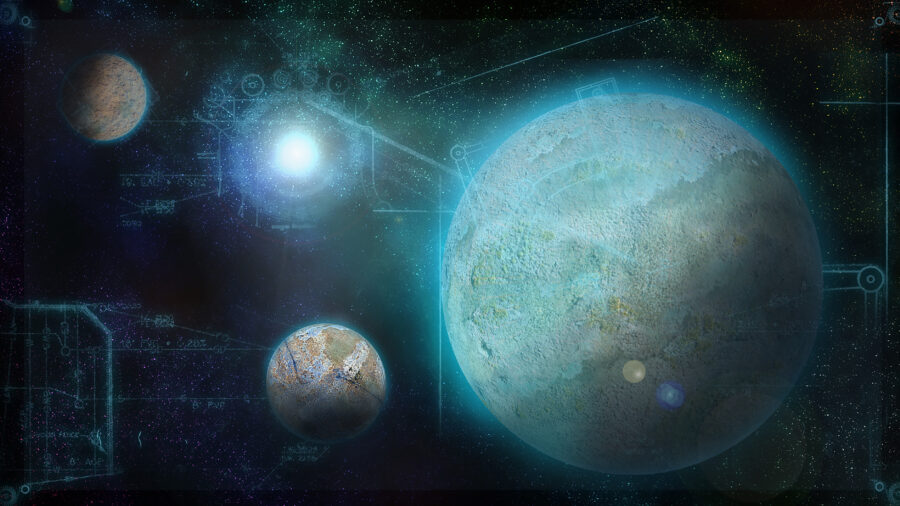Alien Super-Earth Discovered
Scientists think they've discovered a super-Earth which will speed up our ability to identify and find planets with alien life on them
This article is more than 2 years old

An alien super-Earth being discovered might conjure up for you a scene of humans making their way off in futuristic technology to check out a planet that could one day be our new home. If that’s the case then I can’t blame you AND you’ve also seen too many science fiction movies. Hollywood has ruined us on the idea of what finding new planets means for us in the short-term, which is to say, not much. But, it’s still cool to find out that there’s a planet “nearby” that could help us learn more about space and the search for alien life. That’s what scientists think they’ve discovered with this super-Earth.
The discovery of planet Gliese 486 b has researchers buzzing about what it means for our understanding of what lies out there in the realms of space. The planet is labeled a super-Earth because of some of its traits but don’t let the name confuse you. This isn’t a planet we could walk on to tomorrow and set up shop. The differences are many. For starters, scientists don’t think this one supports alien life, at least not in the way we envision that kind of thing. It’s a much bigger planet than Earth (hence the “super” in the title) and has rivers of lava running throughout it. It’s hot as Hades with temperatures spiking at around 800 degrees Fahrenheit and doesn’t have much of an atmosphere to speak of. So the differences between it and our home planet are many.
But it’s called super-Earth for a reason and its similarities do have scientists encouraged that its discovery will further our ability to search for alien life elsewhere. Like Earth, it sits relatively close to its Sun. Also, it has a rocky terrain to it and the core is metallic like what we have here on our home base. Because of these similarities and its proximity to Earth now (just a measly 26.3 light-years away), scientists are going to be able to study the atmosphere for key gases like oxygen and carbon dioxide. Then, using those studies, they’ll be able to look at other, more distant planets to make comparisons.

It’s this second piece that has researchers pumped. Because Gliese 486 b has just enough overlap with Earth, they can use the information gathered from the atmospheric and other readings to then look out further or even more granularly into the cosmos to find actual planets that line up with what we need. Forget Mars people. We might just be looking for the next real Earth sooner than later. Alien races here we come.
The discovery of super-Earth Gliese 486 b is still in its beginning phases. The studies of the planet are only going to ramp up. But it’s not like these comparative planets come around every day. In fact, they are few and far between. Heck, we might not have even accounted for all of our solar system’s planets yet. Though this latest find could be our best jumping-off point yet to finding an alien race that compares with humans. Exciting times for those looking to the stars for answers.











